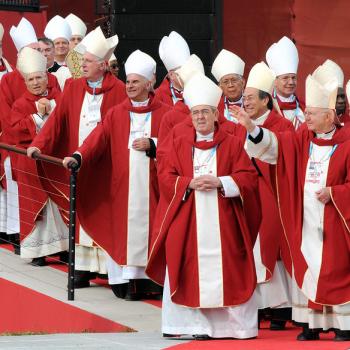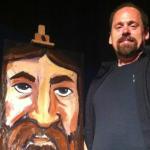A New York Times website explores the relationship between big churches and big corporations:
Successful megachurches reflect American corporate history and management theory. Their architecture and organization “are best compared to those of the modern white-collar workplace.”
In an essay and slide show from Triple Canopy, Joseph Clarke [follow the links] says it may be tempting to compare megachurch pastors like Joel Osteen to arena rock stars, but a more apt analogy is C.E.O.
And the modern megachurch is as much the cultural heir of the corporate Organization Man as it is of the revival tent.
Clarke notes parallels in the evolution of modern corporation and megachurch, in particular the similarity of their suburban campuses — “the mid-century embrace of car-friendly, arcadian settings for work and worship.” (As if to spur suburban development during the postwar atomic threat, some preachers like the Rev. Billy Graham warned their flocks in apocalyptic terms about the dangers of cities.) Both corporate managers and preachers alike found that “to minister effectively to suburbanites, they would have to be subdivided; they would have to adopt organizational and spatial frameworks capable of reducing their perceived size and conveying their appreciation for the individuality of workers and worshipers.”
















